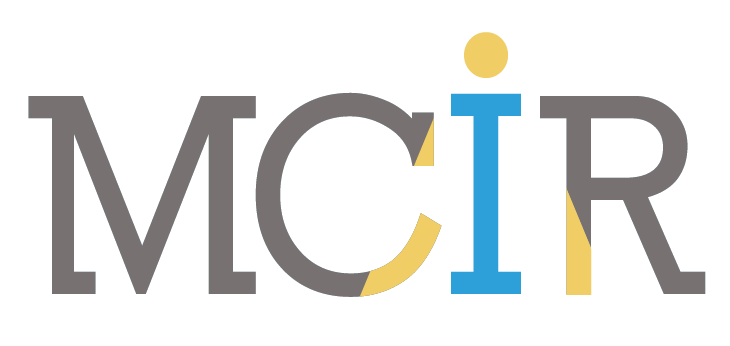The Holidays Will Be Fantastic -- Plastic Fantastic, That Is
Plastic may not be your first association with the winter holidays, but it could be. Just think of everything associated with the holidays that now is made of plastic: garlands, wreaths, silver “icicles” for your tree, inflatable Santas and snowmen for your roof or front yard, lights, ornaments, electric candles, ribbon -- and so many toys, electronics, appliances and accessories you give as presents, along with those plastic air cushions shipped with them.
Even fleece is plastic: Fleece, like plastic, is made of petrochemicals. In short, your favorite cozy fleece hoodie or blanket, and your beloved skis, ski boots, sled and snowshoes were born in an oil well in Saudi Arabia, boarded a super tank and docked in Elizabeth, New Jersey, before they became yours. When you launder fleece, microscopic pieces of plastic go out into the environment in your waste water.
Not everything plastic that you can buy is well made. Last week, after a nor’easter blew 10 inches of snow into Central Park, New York Magazine published a photo of one disgruntled young sledder and her shoddy plastic sled. This isn’t new. Five years ago, social worker, writer and environmental activist Chana Widawski wrote about “Sledaggedon,” the litter from broken plastic sleds she found all over a slope in Central Park.
The Plastic Pollution Coalition is a nonprofit coalition of organizations and individuals dedicated to saving us from plastic by eliminating plastic pollution worldwide. The coalition wants to remind us that plastic lasts forever: “Plastic creates toxic pollution at every stage of its existence: manufacture, use, and disposal. Plastic is a material that the Earth cannot digest. Every bit of plastic that has ever been created still exists, including the small amount that has been incinerated and has become toxic particulate matter.” Yes, because fish and shellfish may eat plastic, it turns up inside you, and you may breathe it in, too.
The extent of plastic pollution shocked us all when we learned about the Great Pacific Garbage Patch, the floating island of plastic debris in the Pacific Ocean. We should be even more shocked to learn there are now similar garbage patches in five oceans. Roughly 200 million tons of plastic are polluting our oceans. Plastic never deteriorates; it just breaks up into smaller and smaller pieces that marine life ingest. Remember those stranded whales who died because their stomachs were full of plastic debris?
Think about all the plastic waste that you may have used once and then tossed: straws, coffee and soda cups and lids, takeout containers, grocery packaging, cigarette butts, bottles and caps, wrappers, plastic knives, forks and spoons.
Roughly 200 million tons of plastic are polluting the world's oceans. Brian Yurasits/Unsplash
Because of the pandemic, office trash, which is mainly paper, has diminished. But thanks to COVID-19, medical waste — which includes a great deal of plastic that is used just once in masks, gloves, screens, aprons — has soared. The pandemic also has increased delivery services and their use of plastic bags,wrappings and utensils.
Last week, the Environmental Law Institute sponsored a Webinar on Single-Use Plastic and the Pandemic. Sadly, besides creating more plastic waste bound for our creeks, rivers, lakes and oceans, the pandemic brought a screeching halt to local, state and federal initiatives that would have curbed single-use plastic. The most notable effort would have been the 2020 Break Free From Plastic Pollution Act, introduced in both the House and Senate.
According to one speaker, Nicholas J. Mallos, senior director of the Trash Free Seas Alliance at the Ocean Conservancy, when the ocean garbage islands were first discovered, Americans thought the plastic debris must have come from Asia, where we ship recycled plastic. But the United States is just as guilty: “The U.S. is number one in plastic waste generation.”
The good news is that there is plenty that can be done. Another speaker, environmental lawyer Nicole Bothwell, pointed out that a coalition of at least 550 environmental groups has released a Presidential Plastics Action Plan of eight actions that the new president can take via executive order. We can let President-elect Biden know we want him to follow the Action Plan.
We can let our senators and congressional representatives know that we support the Break Free From Plastic Pollution bill. And for the holidays, we can buy milk, cream, juice and eggnog in cardboard cartons. Now that you know, don’t buy any more fleece or a plastic sled. The Ghost of Christmas Future cannot be allowed to haunt us as a grim, growing mountain of choking plastic debris.
Ann Marie Cunningham is a Columbia University Lipman Fellow for 2020 who will be working with the Mississippi Center for investigative Reporting. She is a veteran journalist/producer and author of a best-seller. Her work has appeared in The New York Times, Los Angeles Times, Technology Review, The Nation and The New Republic. Contact her at amclissf@gmail.com.


